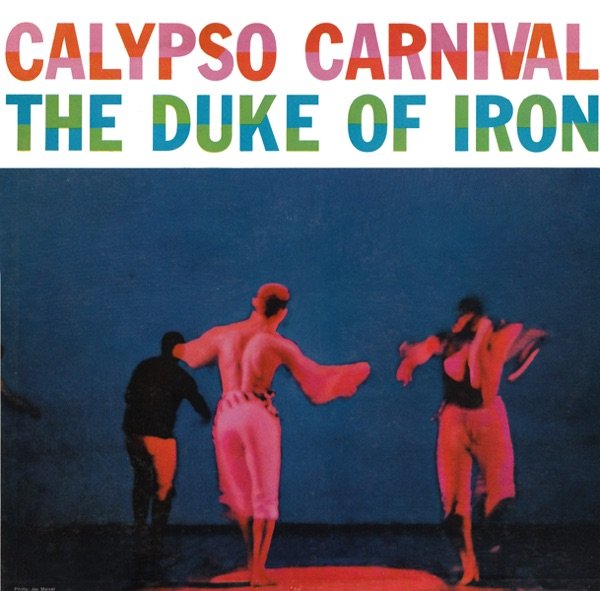On December 11, 1936, United States president Franklin Delano Roosevelt visited Trinidad and Tobago. All things considered, the visit didn’t result in a significant change in relations between the two nations. Another US president wouldn’t step foot on the Caribbean islands until Barack Obama’s appearance for a diplomacy summit in 2009, but the event lives on in the Trinidadian collective consciousness. Musician Raymond Quevedo, under his alter ego Attila the Hun, penned and performed a tune commemorating the occasion called “Roosevelt in Trinidad,” combining the indigenous style of calypso music with an interpolation of the The Star-Spangled Banner. It became one of calypso’s first international breakout hits, gaining the attention of artists like Van Dyke Parks, who would cover the song on his 1972 album Discover America.
Calypso only started making its way out of the Caribbean in the ’30s and ’40s, but it’s part of a long tradition dating back to the early 19th century. When French planters arrived in the West Indies along with slaves they imported from West Africa, they were unknowingly bringing West African culture along with them. Kaiso music, which was developed by West African slaves to surreptitiously share stories amongst one another and poke fun at their masters, was usually sung by a storyteller or oral historian called a griot. Kaiso persisted through the gradual abolition of slavery in 1834, morphing into “calypso” through changes in language and Anglicization over time.
In a rendition of the classic calypso song “Rum & Coca-Cola,” the legendary singer Calypso Rose says it best: “Calypsonians are reporters. They might not report with a pen or paper, but they report it in the song.” The spirit of griot tradition endured in free society, with calypso musicians using music to take humorous swings at current events or start political debate. Caribbean Carnival, repurposed from the Roman Catholic festival brought to the Caribbean by European slave traders, took on an identity of its own. It became a veneration of emancipation, combining inherited African heritage with the unique customs of the Creole diaspora. Calypso music would, of course, be the centerpiece.
Calypso became sport as well as entertainment, its popularity further spreading through competitions like Calypso Monarch, an annual contest awarding the prestigious title to the artist who best defined the year in a song. (It was formerly known as Calypso King until its first female winner, Calypso Rose, was crowned in 1978.) Extempo tournaments are held annually at Trinidad Carnival, too, which pit calypsonians against one another in an improvised setting not unlike a rap battle; panelists judge them on their sharpness and quick wit. When there was no longer a need to share information in secret and under fear of reprimand, calypso evolved into what it was always meant to be: a free and open observance of Trinidadian identity.




















